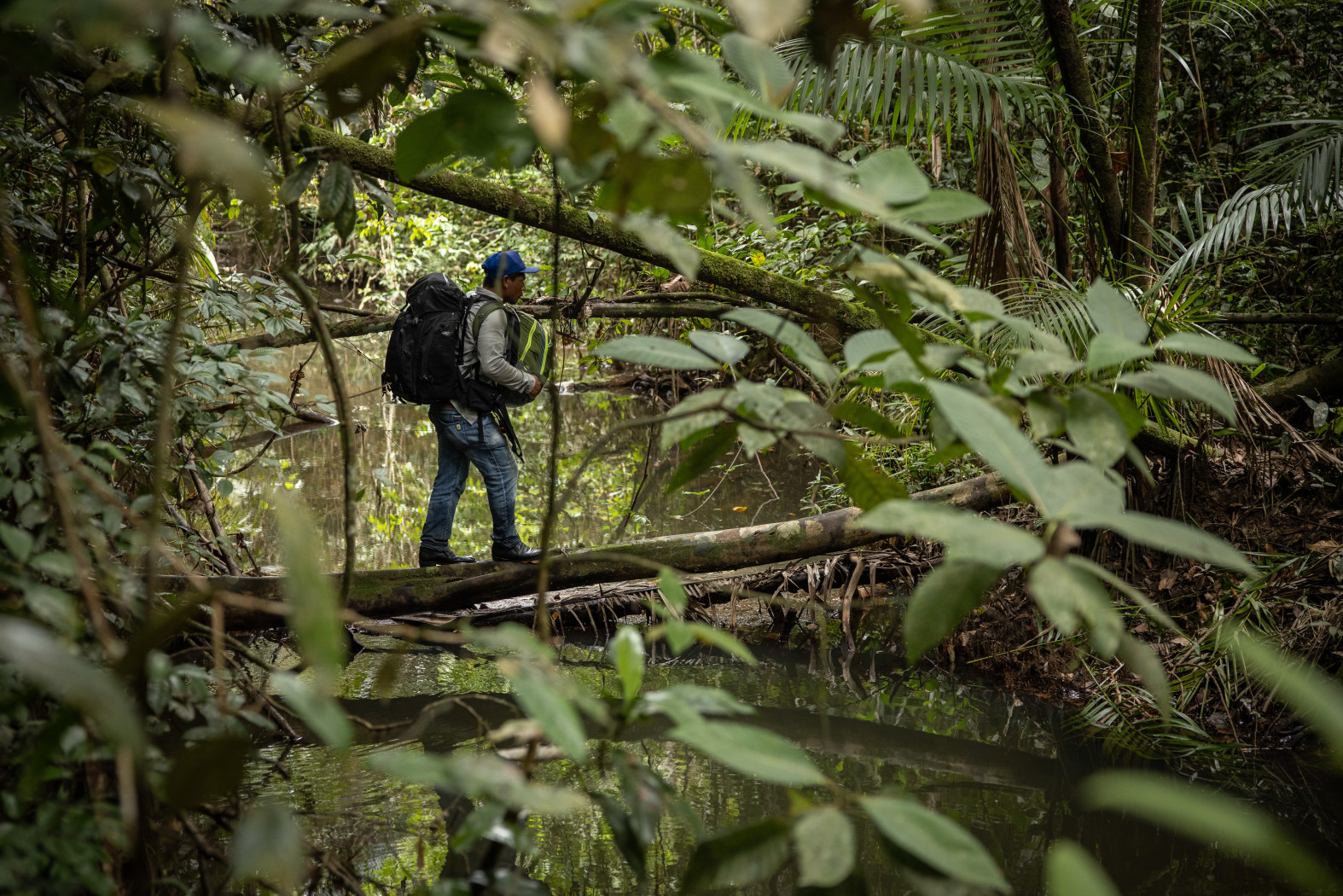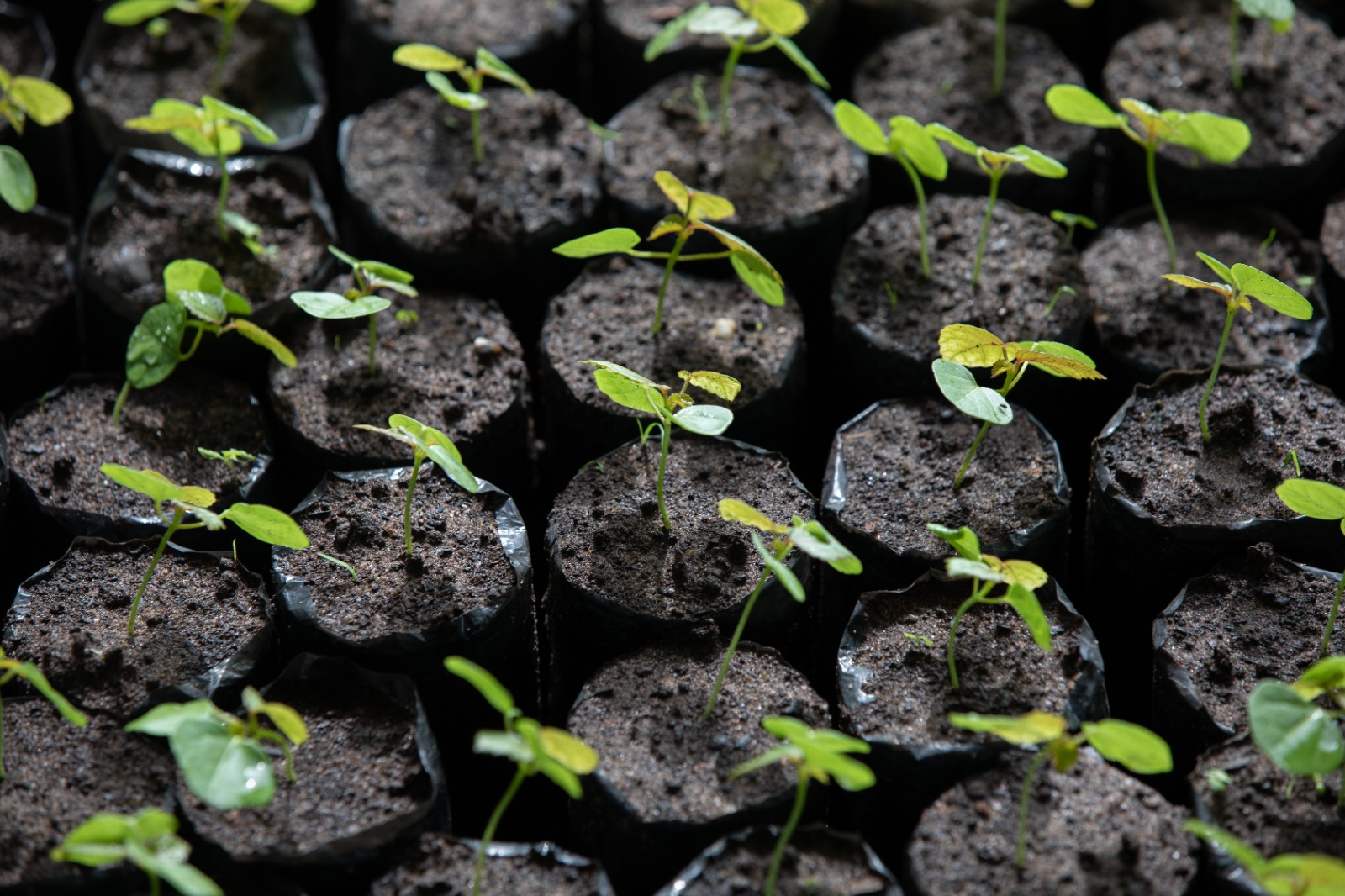Landscape scale quantification enables farmers to pool resources and expertise. However the problem remains of how to quantify these gains. This article considers current greenhouse gas (GHG) quantification methods that can be used in a landscape scale analysis in terms of relevance to areas dominated by smallholders in developing countries. In landscape scale carbon accounting frameworks measurements are an essential element. Sampling strategies need careful design to account for all pools/fluxes and to ensure judicious use of resources. Models can be used to scale-up measurements and fill data gaps. In recent years a number of accessible models and calculators have been developed which can be used at the landscape scale in developing country areas. Some are based on the Intergovernmental Panel on Climate Change (IPCC) method and others on dynamic ecosystem models. They have been developed for a range of different purposes and therefore vary in terms of accuracy and usability. Landscape scale assessments of GHGs require a combination of ground sampling use of data from census remote sensing (RS) or other sources and modelling. Fitting of all of these aspects together needs to be performed carefully to minimize uncertainties and maximize the use of scarce resources. This is especially true in heterogeneous landscapes dominated by smallholders in developing countries
DOI:
http://dx.doi.org/10.1088/1748-9326/8/1/015019
Altmetric score:
Dimensions Citation Count:
























